The Hot Hand in Law
May 19, 2021
By Chris Bucio
The game of Basketball transcends Time Zones, Zip Codes, and the Rich and Poor. It allows the underdog to become the top dog. Through this game the kid from the single parent house with two windows can develop confidence (player swag) and learn lessons that he/she can apply to successes in life.
It is this mantra that anyone can play no matter where you come from that has most attracted me to this game that I revere and love; and why as a lawyer I still choose basketball over golf 100 out of 100 times.
After 30 years of grinding, I have been fortunate enough to still be able to lace it up twice a week and play my old man in YMCA pickup ball. In my earlier days I played High School, Collegiate, and participated in leagues that featured professional basketball players. But no matter where I played or what level I played at two things always remained the same and were the unwritten gospel:
1) The hot hand is real; and
2) Everyone must feed the hot hand.
So what in the world does having the hot hand in basketball have to do with the hot hand in law? One word: PERCEPTION…
Scientific study after scientific study has been done regarding the perceived hot hand in basketball. Arguably the most well regarded study culminated when psychologist Tom Gilovich and his research assistants walked into the Spectrum, the home of the NBA Philadelphia 76ers, in the early 1980’s to meet and interview Harvey Pollack. The professional basketball players were summoned to the psychologist after practice one day for field experiments created by Harvey Pollack. Pollack was a basketball stats nerd and was super fixated on the mystique of the hot hand, but he wasn’t a scholar. He was the statistician for the 76ers. Pollack was light years ahead of his time and went by the nickname of “SuperStat.” Pollack had the exact information that Gilovich and his assistants needed. In fact, he was the only person with that information, considering he was the only person in the NBA who bothered keeping track of shots and how they were attempted.
After working with the players for several days in the gym and in the lab, the following analysis and takeaways took root: Did these professional basketball players ever feel like they couldn’t miss a shot after making a few shots in a row? The 76ers said yes. Did they think they had a better chance of making their next shot after making a few shots in a row? Yes. Did they take more shots after making a few shots in a row? Yes. Did they think it was the right strategy to pass the ball to the player with the hot hand? The overall answer of these NBA players was a resounding yes. This was the exact response Gilovich expected from them. In fact, he’d already polled 100 basketball fans with the same questions. They had provided the same answers as the Sixers. They were absolutely convinced the hot hand existed. But that wasn’t all. Gilovich then presented these fans with a hypothetical player who made 50% of his shots. What was that player’s shooting percentages, he then asked them to estimate, after making a shot and missing a shot? The participants in this survey were smart basketball fans from Stanford, but their responses lacked probabilistic reason. They estimated that a 50% shooter became a 61% shooter after making a shot but only a 42% shooter after missing a shot. That didn’t seem to make any mathematical sense. Their belief in the hot hand was so strong that it appeared to infect their brains with nonsense.
Their convictions carried all signs of bias, specifically cognitive bias. As it turned out, Gilovich possessed this very evidence. He looked at the sequences of Sixers shots that Pollack had given them and calculated each player’s shooting percentage immediately after making a shot and missing a shot. If there were such a thing as the hot hand, the probabilities would be higher after made shots. They weren’t. The players they analyzed were more likely to make a shot after missing a shot than they were after making one. When they thought they were hot, they were not. On those occasions when Sixers hit three shots in a row, they ended up shooting worse than if they had missed three shots in a row.
In summation, the study concluded that the hot hand actually doesn’t really exist; however fans, refs, players and the person who thinks he/she has the hot hand all actually do think he/she has the hot hand.
Why does this matter? Because everyone involved in basketball perceives the hot hand as real; and their behavior changes once they perceive it has taken hold of a player.
The changes that occur can be as subtle as the ref blowing the whistle when Lebron James drives to the basket, to the teammates passing up open, good shots to pass the ball to the perceived hot hand for a more difficult shot.
According to Behavioral Scientists Peter Ayton and IIan Fischer, people seem to believe that people can get hot, but that inanimate devices cannot.
But what if we extend the principles of the hot hand fallacy beyond basketball? What if that bias is what determines whether a Venezuelan artist gets asylum in the Unites States?
The paper was called “Refugee Roulette.” It was the most comprehensive study of US immigration ever published, based on more than four hundred thousand asylum cases, including those overseen by the people entrusted with making the single most important decision of another person’s life: Judges…
It was and is an explosive piece of academic scholarship. The conclusion of their analysis of asylum applicants was stunning and a powerful repudiation of the way the system was thought to work. Whether the asylum applicant is able to live comfortably in the United States or instead be deported to his/her country where he/she fears for their lives is very seriously influenced by a roll of the dice.
The main take away from their paper was that immigrants subject themselves to that roll of the dice as soon as they apply for asylum. Their odds of staying in the United States alter based on circumstances beyond their control. There is no such thing as a level playing field. In fact the same application could easily produce several different outcomes. For example, Chinese asylum seekers only win 7% of their cases in Orlando. One immigration judge grants asylum in 6% of cases. However, another immigration judge in the same courthouse grants asylum 91% of the time. These deviations occur more remarkably when you factor in cities like New York and Los Angeles where judges strongly deviate from the federal averages.
“There is exceptional variation in decision making from one official to the next, from one office to the next, from one region to the next, from one Court of Appeals to the next, and from one year to the next,” the researchers wrote.
The most breathtaking take away of this upsetting study was that nothing in a case was more important than the judge—not the asylum applicants, not the country they were coming from, not the skills they possessed, and not even why they were fleeing in the first place. There is a great deal of randomness that goes into assigning judges. A deserving immigrant who could bring a wealth of energy and strengths to the United States may get stuck with a strict judge in New York instead of a lenient one in Orlando.
The process is especially cruel to asylum hopefuls because it’s not about the who and where. It’s also about the when.
Asylum seekers’ chances of staying in the United States depend on whether the judge who was randomly assigned their case recently granted asylum in a completely unrelated case. That’s how arbitrary it can be. The asylum court is basically a roll of the dice.
Judges occupy a complicated role in our legal system and society overall. We give them the authority to play God. When they feel it’s their job to balance things out, they become the opposite of the basketball fans cheering for a hot streak to continue. Instead, it’s the judge’s obligation to ignore the streak and make an impartial call. No doubt judges altogether are doing their best but sometimes they fail to uphold that standard. They notice the streak. They believe there shouldn’t be a streak. So they end the streak before the player can even shoot.
Economist Kelly Shue analyzed more than 150,000 decisions from 357 asylum judges. She calculated the average grant rate to be around 29%. But when she looked at the sequence of cases, she could identify when the average shifted. She found that judges were less likely to grant asylum immediately after they granted asylum in their last case. That is devastating. It literally means that an immigrant in need of asylum—someone who already fought the odds to escape the terrible conditions of their native country—is automatically and trivially penalized for something they had nothing to do with. The statistics only get more egregious if the judge has granted asylum in two straight cases. He is 5.5% less likely to give asylum in the next case than if he denied the previous two cases, seemingly regardless of the merits of the applicants.
One possible way to fix how the perceived hot streak influences federal immigration judges is by changing the way that asylum judges get assigned cases. Asylum applicants could have their cases heard twice. We could have a system where the initial judge makes the decision, and then another judge reviews the decision. Seeing the cases in different orders could eliminate the issue of the hot hand bias.
In the end, how the perceived hot streak affects basketball players versus how it affects asylum seekers differs in one strong way. In the latter, judges are somewhat deciding who lives and who dies.
Bibliography
_____. “Misses in Hot Hand Research.” Journal of Sports Economics 14, no. 4 (Aug. 2013): 401-10.
Ayton, Peter and Ilan Fischer. “The Hot Hand Fallacy and the Gambler’s Fallacy: Two Factors of Subjective Randomness.” Memory & Cognition 32, no. 8 (Dec. 2004): 1369-78.
Cohen, Elizabeth. “’Illegal,’ How America’s Lawless Immigration Regime Threatens Us All.” (Jan. 2020): 59-82.
Gilovich, Thomas, Robert Vallone, and Amos Tversky. “The Hot Hand in Basketball: On the Misperception of Random Sequences.” Cognitive Psychology 17, no. 3 (July 1985): 295-314.
Ramji-Nogales, Jaya, Andrew I. Schoenhotz, and Philip G. Schrag. “Refugee Roulette & Disparities in Asylum Adjudication.” Stanford Law Review 60, no. 2 (Nov. 2007): 295-411.
Preston, Julia. “Big Disparities in Judging of Asylum Cases.” New York Times, May 31, 2007.
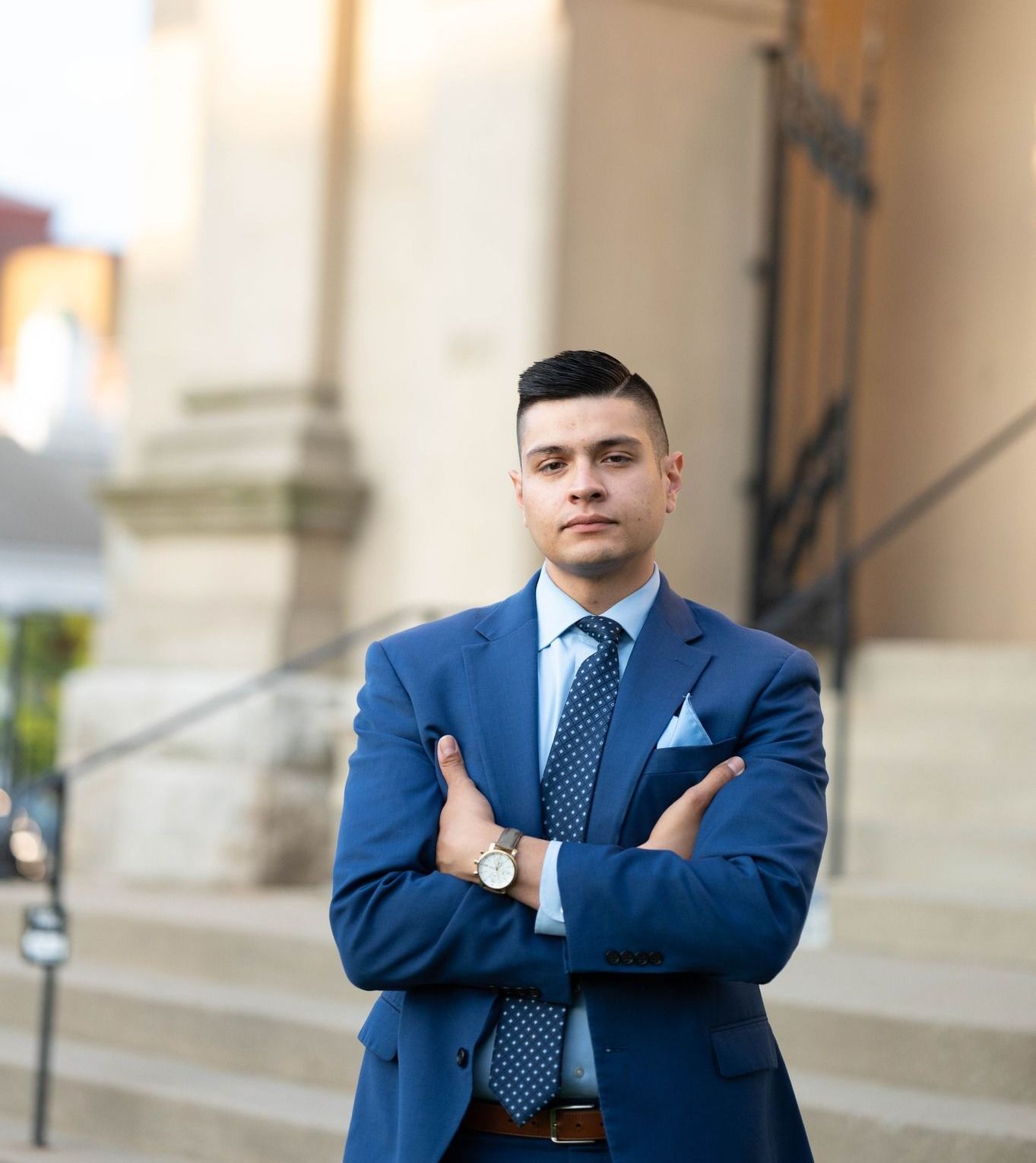
Mr. Villegas delivered a significant legal victory in Logan County. Our client was faced a multitude of serious charges, including Felonious Assault, Abduction, Strangulation, Disrupting Public Services, Using Weapons while Intoxicated, Resisting Arrest, OVI, and Driving Under OVI Suspension. Thanks to Mr. Villegas' strategic representation, Five charges, including Felonious Assault and Abduction, were dismissed. The remaining four charges, involving OVI, resulted in our client being placed on community control. Additionally, a mandatory 10-day sentence was imposed due to the OVI being the second within 10 years. This outcome reflects Mr. Villegas' skillful advocacy and dedication to achieving the best possible results for our clients.
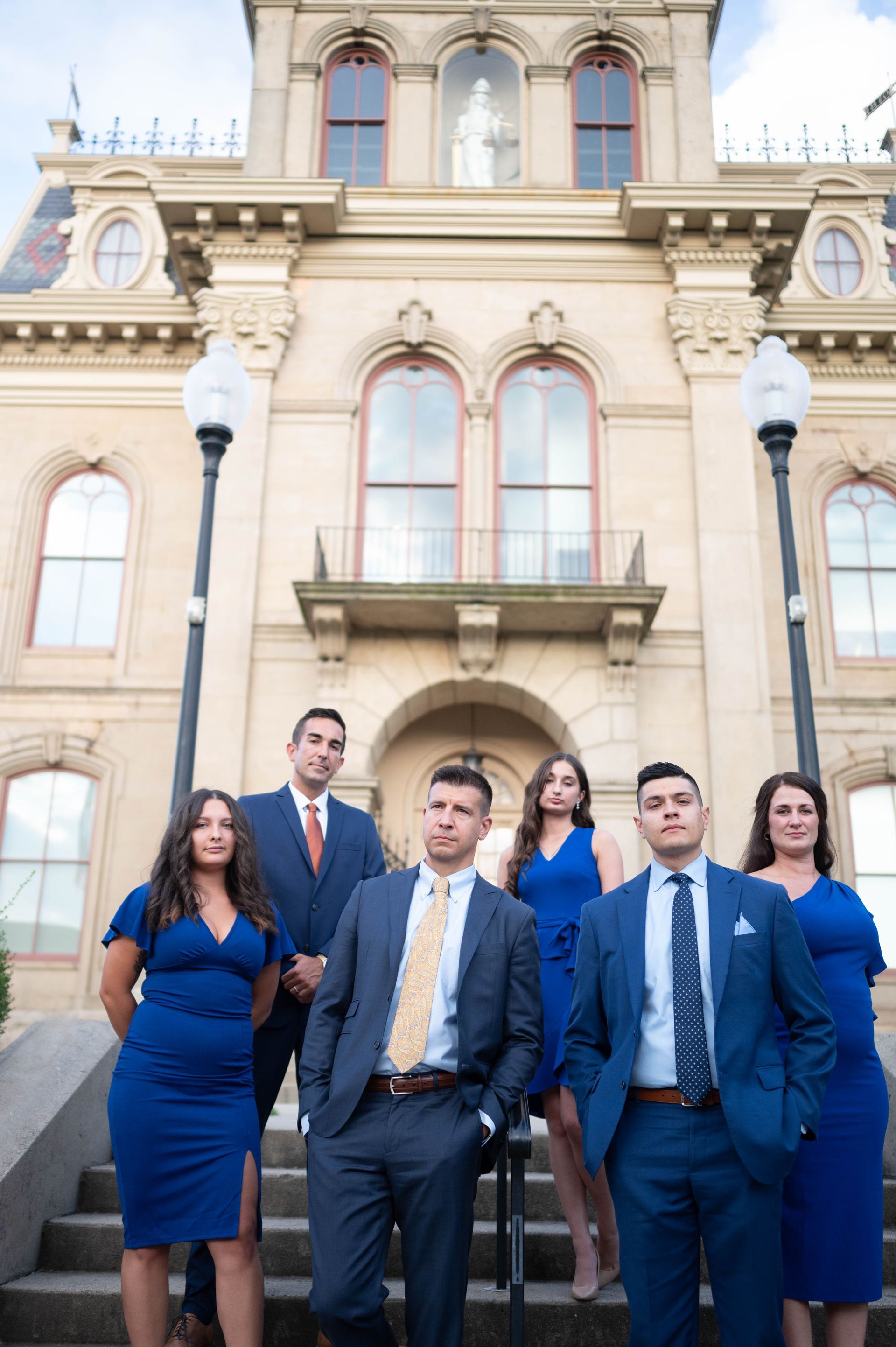
Mr. Bucio has spent the last several months side by side his client in Miami County who was being charged with four (4) Felony One Rape, Felony Two Robbery, Felony Three Strangulation, Felony Three Abduction. Facing up to over 40 years in Prison. After spending half of this year working diligently, overnight, nonstop in an effort to prove our clients innocence Mr. Bucio did just that. After declining every plea offer that came our clients way, Mr. Bucio knew his client’s innocence would prevail above all. In the end Mr. Bucio was able to demonstrate that the allegations of Sexual Assault and Domestic Abuse were unfounded. Having an experienced attorney by your side makes all the difference in a criminal matter. While other attorneys would have sought negotiated plea deal in this matter Mr. Bucio aligns his goals in each case the same as the clients. We are happy to announce that this case has been closed and all the charges were dismissed.
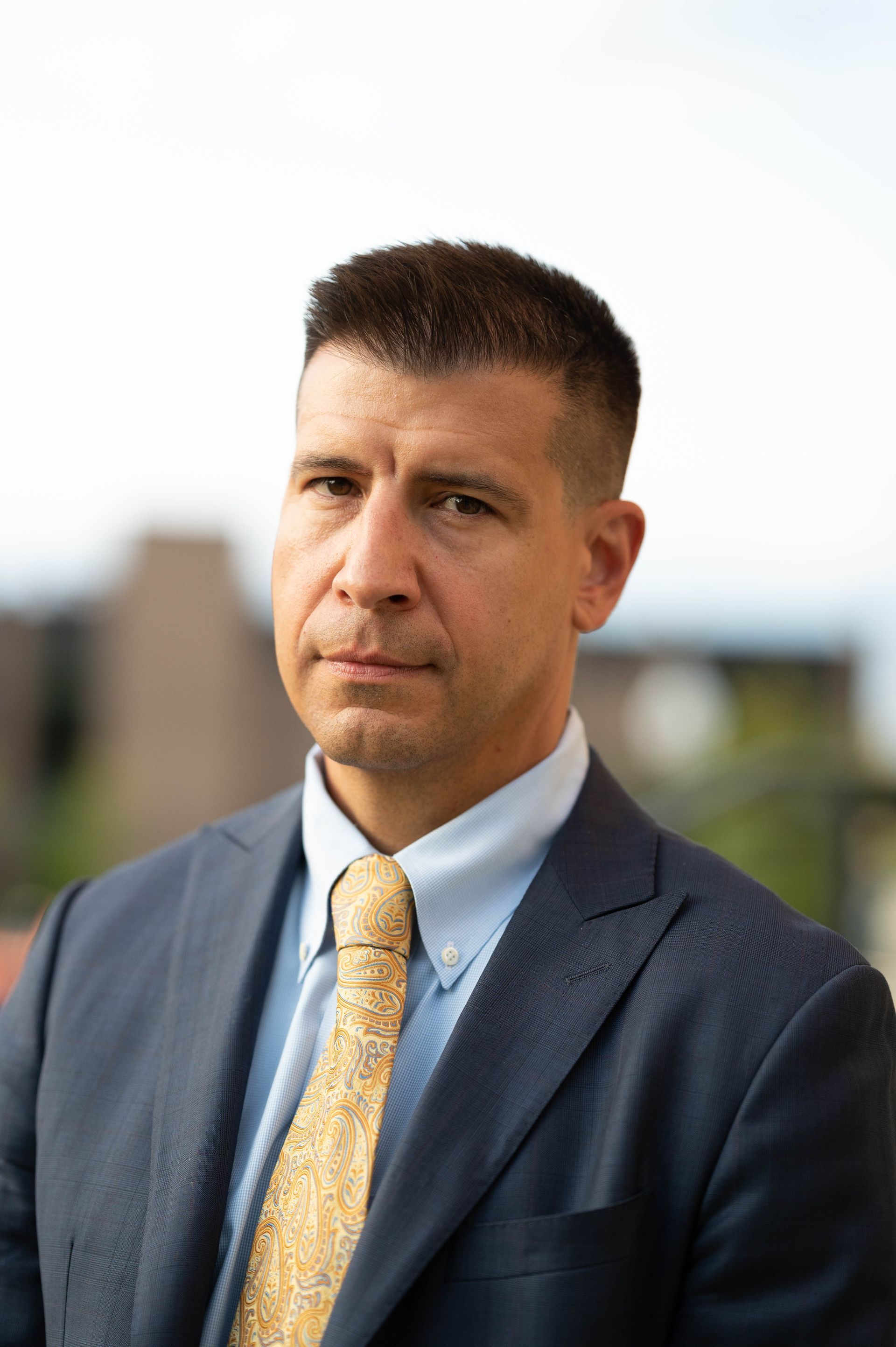
Mr. Chris Bucio successfully closed a pro bono case in Darke County today. Mr. Bucio enjoys being able to find the time to be available for those in need of assistance. Our client was being charged with Theft, a felony of the fifth degree and through the efforts of Mr. Bucio, the charge was mitigated down to Obstructing Official Business, a misdemeanor of the first degree, free of any jail time. Our client is able to have this expunged from her record, as a courtesy from our Office.

Congratulations to our Attorney Rafael A. Villegas, he has recently been awarded the NACDA Top 10 Attorney Under 40. Mr. Villegas continues to amass accolades for his work as a criminal defense attorney. His knowledge and trial experience has earned him an impressive reputation not only with his clients, but amongst his peers in the legal profession. He dedicates numerous hours defending our clients, ensuring each client receives the best outcome.
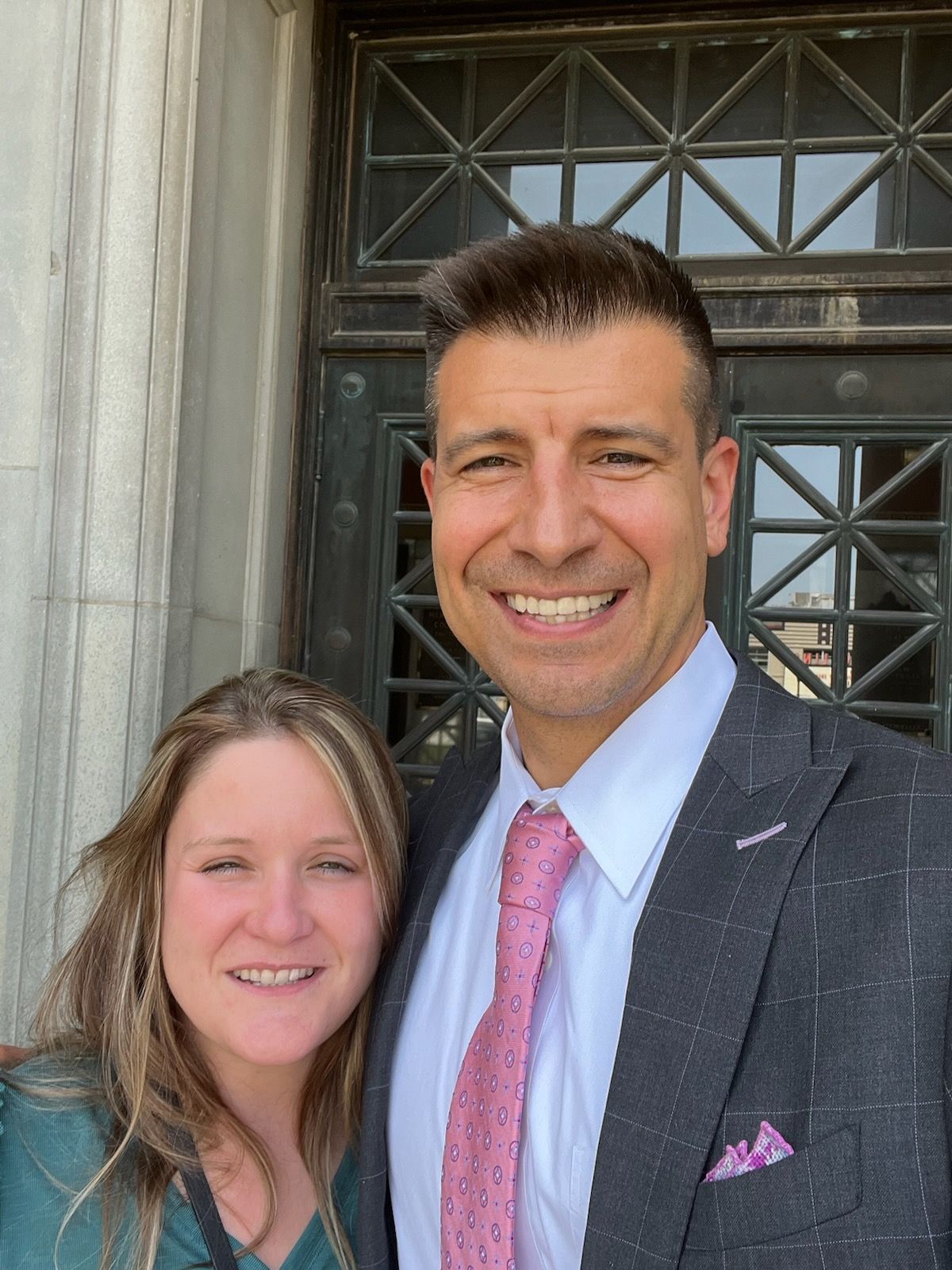
Our client is a traveling Registered Nurse working in Ohio when she was charged with a pile of felonies in Mercer County, Ohio. She was indicted for Attempted Rape - F2, Attempted Sexual Battery - F4, Gross Sexual Imposition - F4, Assault - M1, and Endangering Children - M1. After months of timeless work, endless hours in pre-trials, deliberations, and continuous negotiations and a deep analysis of the evidence, our client walked out of court, free of any prison time, and no probation. The charges were amended from felonies to misdemeanors.
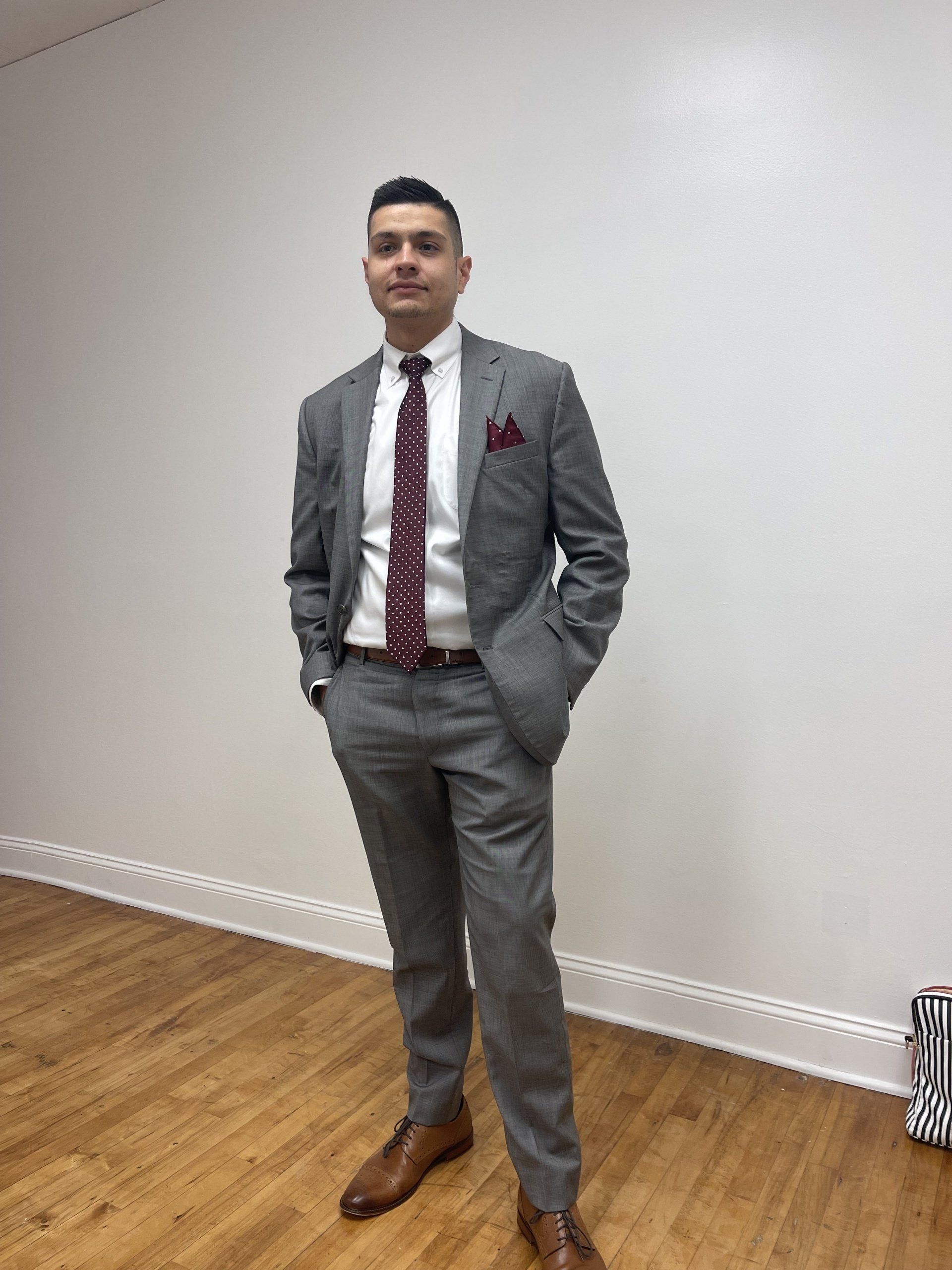
February 10, 2023 A very big shout out to our own Rafael Villegas for being granted a Rising Star award in both Ohio and Kentucky for his professional achievements. Fun fact: Rafael has practiced in over 25 counties, and counting, in Ohio. He has always strived to give his clients his very best for every case and will continue to do so as he advances even further in his career.
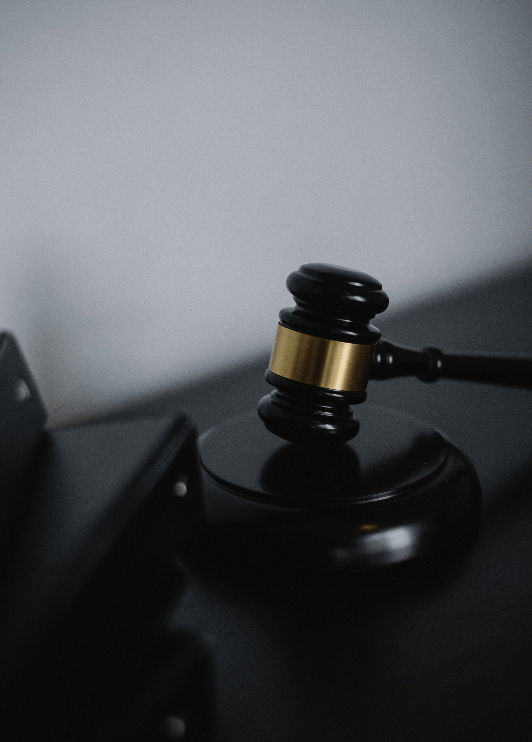
January 25, 2023 Congratulations to our own Associate Attorney Rafael Villegas for his successful outcome in Allen County today! He successfully obtained not Guilty verdicts on all felony drug possession charges. Rafael spent three whole days in trial to ensure that our client walked out in the end, alongside her family and happy with her verdict. After reaching their respective verdicts, members of the jury commented that they liked Rafael's presentation of the defense.

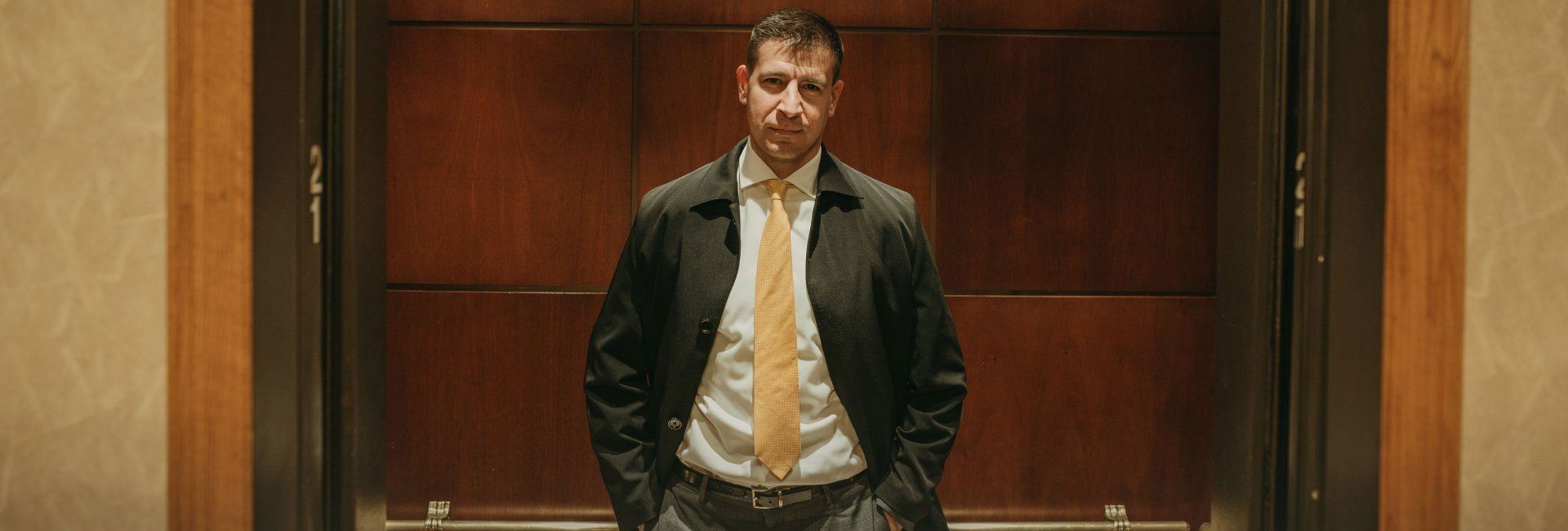

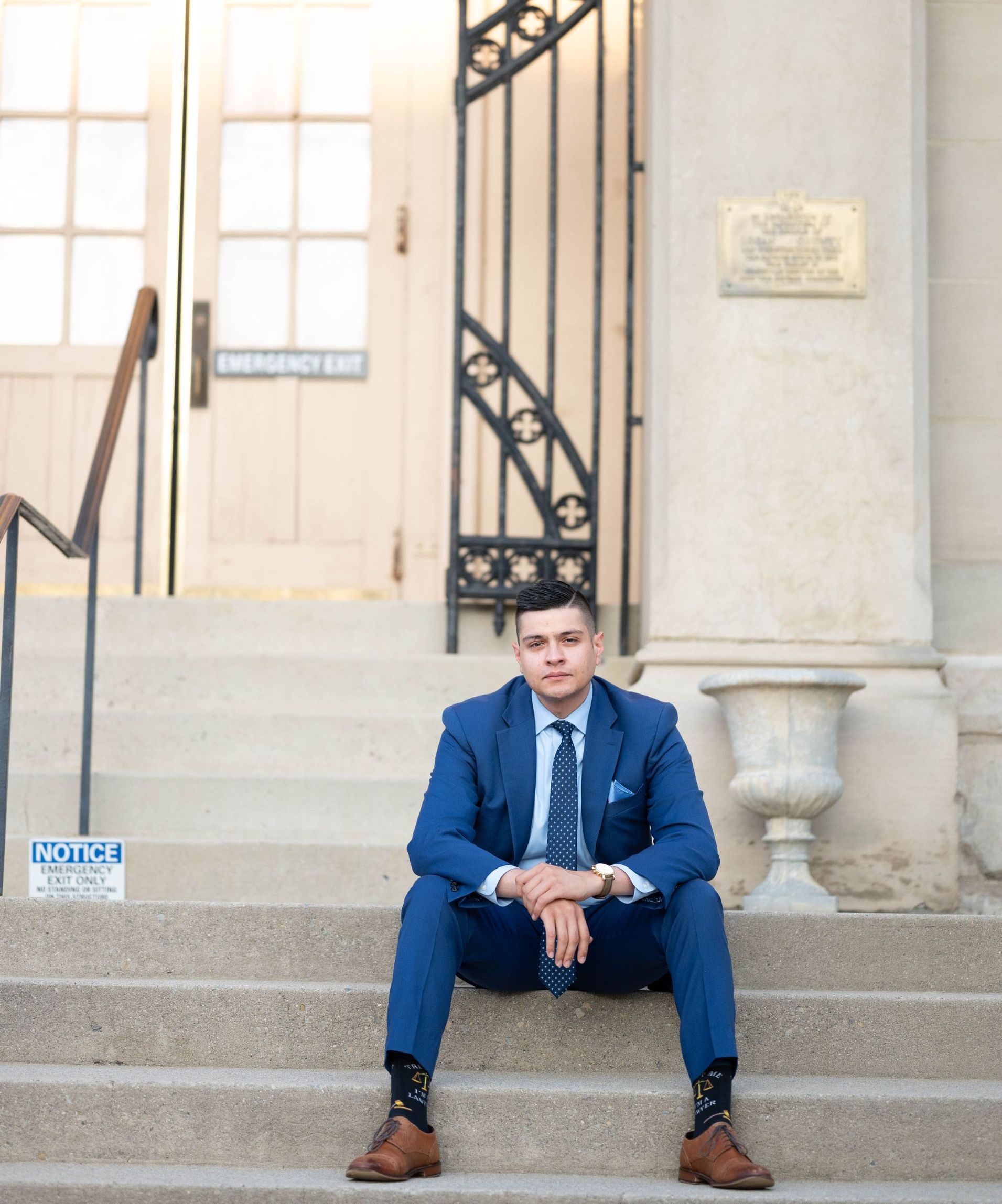
Share On: